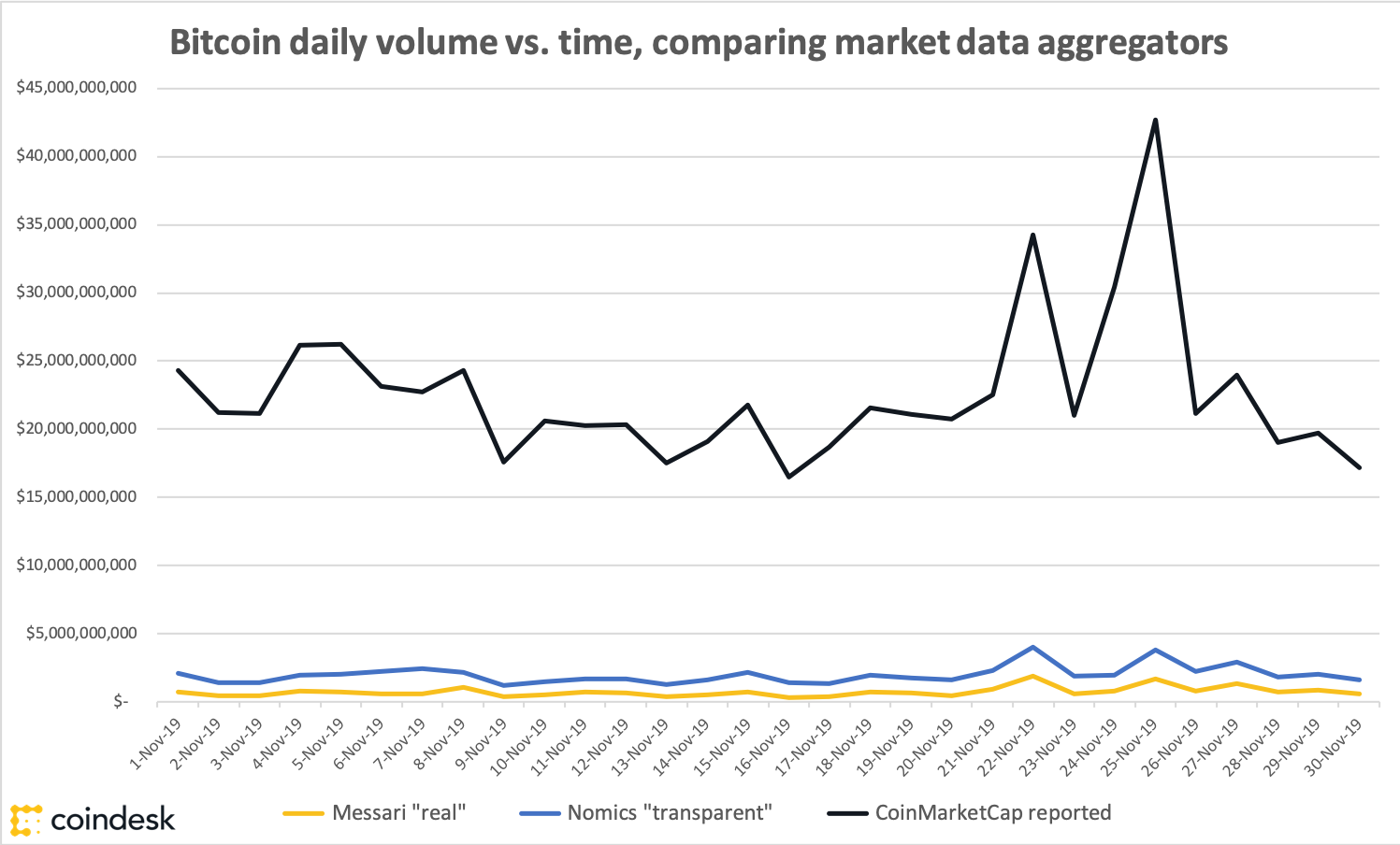Are Airdrops Effective Marketing?
Airdrops. That magical term seems to excite crypto users and spark endless discussions about on-chain interaction. In recent years, airdrops have added significant liquidity into the crypto market and took numerous promising projects to new heights. Today, it’s common to say we’re entering into “airdrop season” as a number of new and existing protocols and projects on chains including Ethereum layer 2s, Solana and Cosmos look to build engagement by promising or hinting at an airdrop.
But have you ever wondered why airdrops have gained such popularity in the saturated crypto space? Why do they work so effectively amidst other fleeting trends? What even defines a well-executed airdrop campaign?
The psychology of airdrops
At its core, airdrops tap into our universal fascination with getting something for “free.”
However, there’s more at play here than just receiving something for nothing. In reality, airdrops are not truly “free.” They are distributed as rewards for actively participating in the growth of a crypto project or blockchain ecosystem. In other words, they cost your time and attention.
The question is, how can an airdrop keep receipients engaged? Beyond appealing to our desire for financial rewards, ideally, airdrops also trigger our sense of belonging to a community.
The brilliance of using airdrops as an effective marketing strategy lies in their dual functionality at the top of the funnel stage, a term used in marketing to describe the journey a consumer goes on before making a purchase. Airdrops serve as an entry point, introducing users to new projects and platforms.
However, the objective extends beyond just acquiring users, as airdrop campaigns can be designed to retain user engagement and liquidity even after a token launch.
For instance, staking mechanisms further solidify a token holder’s connection to a project by encouraging long-term investment. Furthermore, strategically incorporating staking mechanisms into airdrops can improve tokenomics by controlling the circulating supply, thereby supporting token prices in the highly volatile crypto markets.
To retain these users, though, a project must complement its initial offering with an engaging user experience. By rewarding users who stake their airdropped tokens, projects can create a deeper commitment to their ecosystem. But success lies in striking the right balance between attraction and retention — where factors beyond free money play an essential role.
Cosmos: the airdrop multiverse
The Cosmos ecosystem serves as an exemplary case of successful airdrop implementation. Let’s consider the recent example of Dymension chain’s native $DYM token airdrop. By using various tiered criteria, the Dymension team rewarded early adopters and supporters of its blockchain ecosystem while generating momentum for significant price movements on the $DYM token.
Similarly, the Celestia network’s $TIA token and the Injective chain’s $INJ native token airdrops have not only rewarded active users but also encouraged them to become more involved in the ecosystem by offering incentives for staking.
Imagine this scenario: an early user decides to stake their $INJ and $TIA tokens to earn rewards from the $DYM airdrop. Instead of immediately selling these tokens, they are motivated to further stake their $DYM within the Cosmos ecosystem to receive even more airdrop rewards. This is to say nothing of the growing popularity of liquid staking and restaking mechanisms.
All of these factors contribute to creating a self-sustaining engine that keeps the entire ecosystem running smoothly. A strategically planned airdrop benefits not only individual users but also contributes towards the growth and stability of the entire ecosystem. By incentivizing participation and investment in infrastructure, crypto projects can foster a dedicated community that actively supports and drives the ecosystem’s development.
Optimizing for sustainable growth
When discussing airdrops, it’s important not to keep in mind the controversial but widely accepted practice of “airdrop farming” in the blockchain ecosystem. For real users, the presence of bots and fake accounts can give the impression that earned rewards are being diluted.
While many crypto projects take steps to prevent bots and fake accounts from participating in token airdrops (aka Sybil attacks), it has become evident that some projects simply ignore this issue. Artificial activity can greatly inflate user metrics and manipulate online engagement.
To an average user or investor looking at these metrics on the surface level, it may seem like an “overfarmed” project is performing exceptionally well in terms of growth and adoption. This builds the hype and speculation that fuels crypto marketing, which some projects may see as a success in itself. However, this approach is deceptive and likely to backfire.
For instance, it can be a challenge to explain to investors the significant decrease in user activity when airdrop enthusiasts move on to the next promising ecosystem that offers lucrative airdrops. Further, excessive fake account activity makes it difficult for projects to accurately assess user activity on their platforms or networks. Once these projects are launched, there is always a concern that their infrastructure might not perform as expected in real-life scenarios.
The real challenge lies in creating a user experience that is compelling enough to retain new participants over the long run. Successful airdrop campaigns require careful planning, targeted outreach and transparent communication. By setting specific objectives and maintaining openness with the community, projects can utilize airdrops as an integral part of their long term engagement strategy.
Airdrops can serve as powerful catalysts for building and contributing to project ecosystems. For instance, the Solana-based trading aggregator Jupiter distributed $JUP tokens to over a million wallets that had previously interacted with the DeFi protocol. While the controversial Blast layer 2 on Ethereum is building out financial incentives to encourage developers to build on the chain, in anticipation of an airdrop.
That said, there is a risk airdrop campaigns are becoming an overused marketing tactic in the current bull(ish) market. The true value of airdrops lies in how they fit into a broader strategic approach towards engaging users and fostering organic growth by aligning the incentives between community advocates, active builders and network maintainers.
While an effective marketing strategy for creating an immediate impact and burst of attention, an airdrop will only be truly valuable if it fosters lasting effects. They should be considered part of an overarching vision, not just a moment of “free” publicity.









